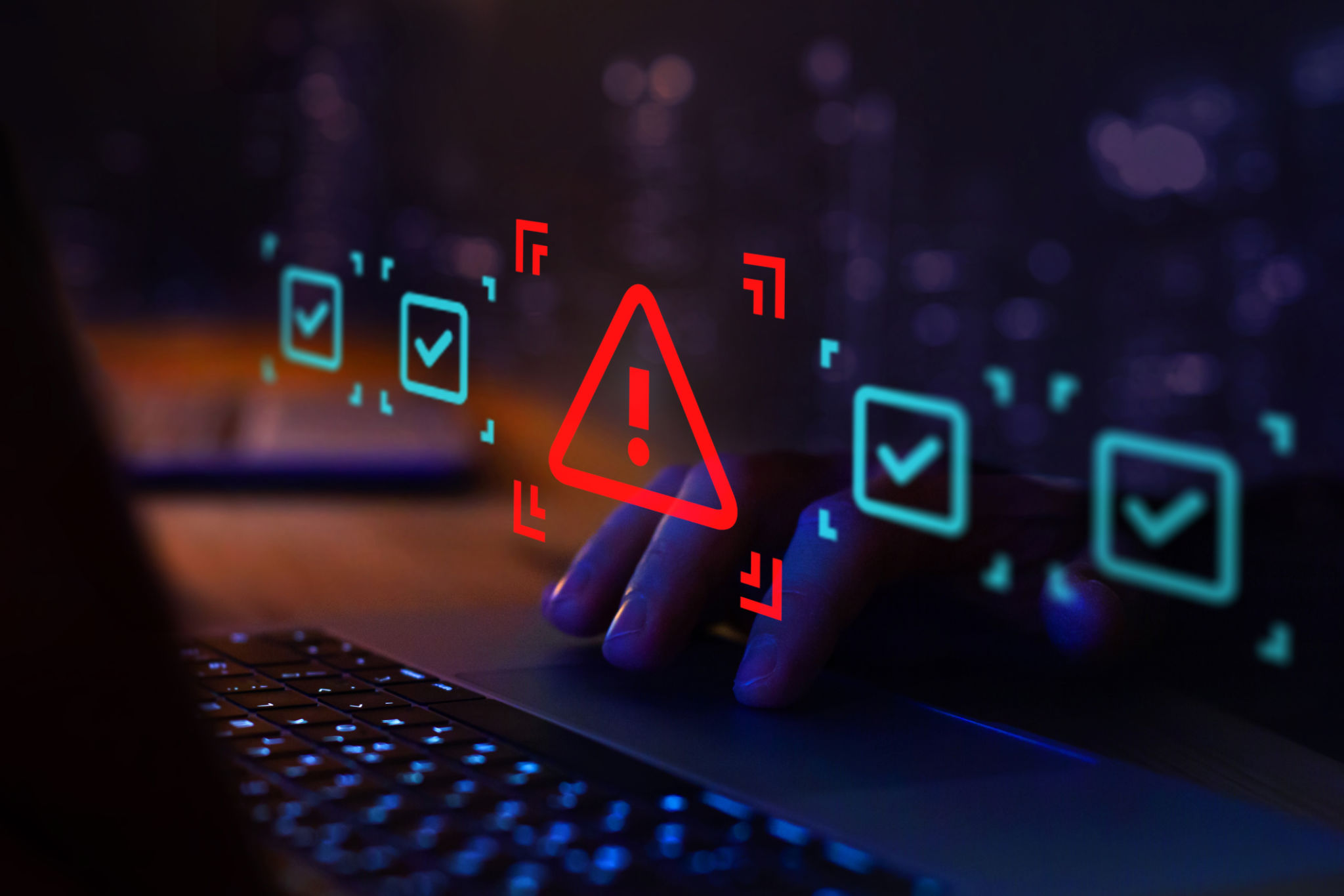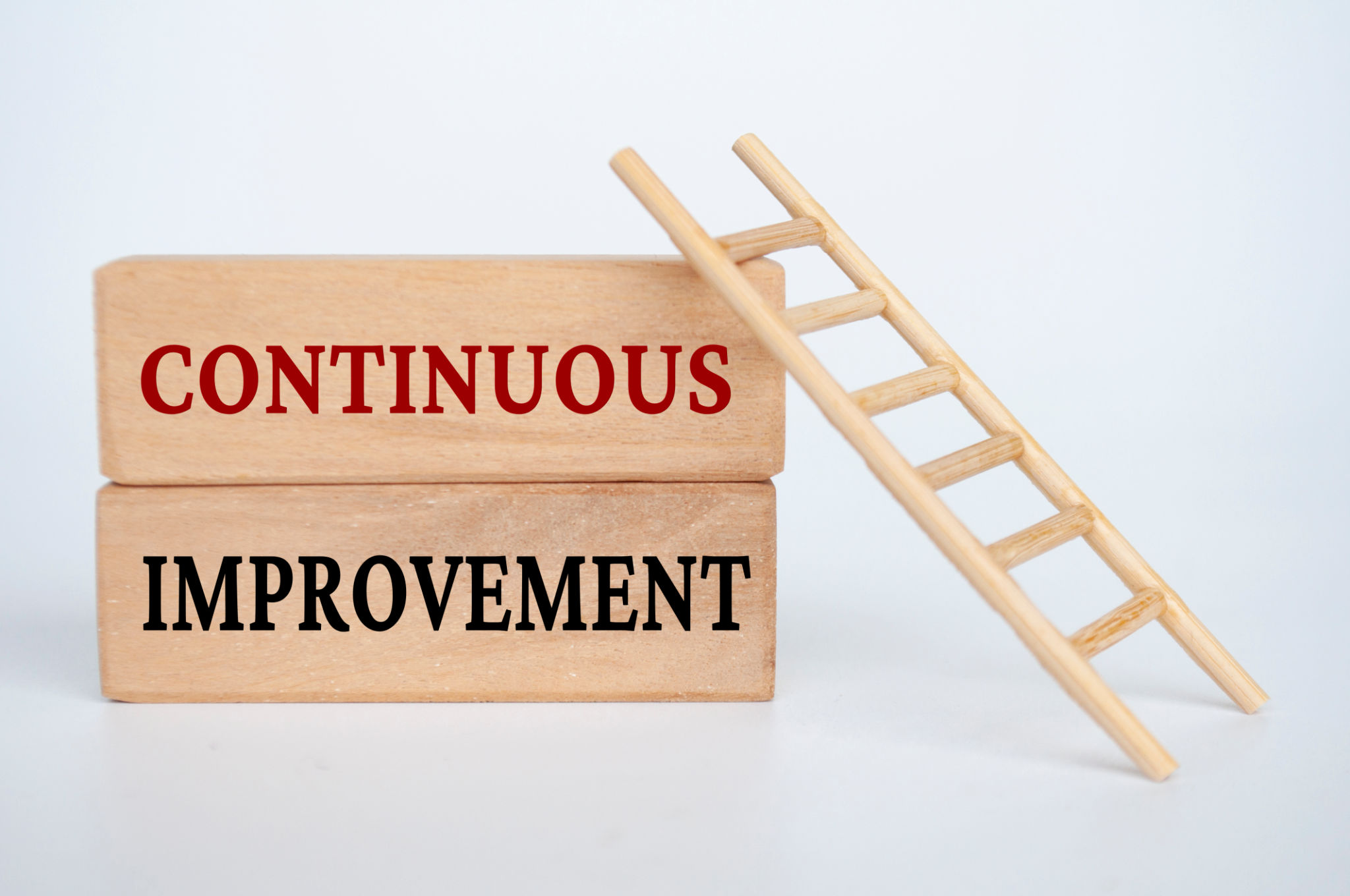How to Conduct a Thorough Vulnerability Assessment: A Step-by-Step Guide
Understanding Vulnerability Assessments
In today’s digital age, safeguarding your organization’s infrastructure is more crucial than ever. A vulnerability assessment is a systematic review of potential threats to your network, applications, and systems. This process helps identify, quantify, and prioritize vulnerabilities, ensuring that your security measures are up-to-date and effective.
Conducting a vulnerability assessment involves several steps, from preparation to reporting. Each step is vital in ensuring that all potential security gaps are identified and addressed. By following a structured approach, organizations can significantly reduce the risk of cyberattacks.

Preparation and Planning
Define the Scope
The first step in any vulnerability assessment is defining its scope. Determine which systems, networks, and applications need assessment. This step ensures that resources are appropriately allocated and that critical areas are not overlooked.
Gather Necessary Information
Before diving into the assessment, gather relevant information about the systems in question. This includes understanding the architecture, configurations, and existing security measures. Having this information at hand will make the assessment process more efficient and effective.

Conducting the Assessment
Identify Vulnerabilities
Utilize automated tools and manual techniques to scan for vulnerabilities. Tools such as vulnerability scanners can help detect known vulnerabilities quickly. However, complementing these with manual checks ensures a comprehensive assessment.
Analyze and Evaluate Risks
Once vulnerabilities are identified, analyze their potential impact on your organization. Not all vulnerabilities pose the same level of threat. Prioritize them based on factors such as exploitability, potential damage, and the value of affected assets. This step helps in effectively allocating resources for remediation.

Reporting and Remediation
Document Findings
A detailed report of the assessment findings is crucial. Document each vulnerability, its potential impact, and suggested remediation actions. This report serves as a roadmap for addressing vulnerabilities and improving security measures.
Implement Remediation Plans
With the findings documented, it’s time to implement remediation plans. This could involve patching software, updating configurations, or enhancing security protocols. Prioritize actions based on the severity of vulnerabilities to ensure critical issues are addressed first.

Review and Continuous Improvement
After remediation efforts, conduct a follow-up assessment to verify that vulnerabilities have been properly addressed. This also helps in evaluating the effectiveness of implemented measures. Remember that security is an ongoing process; regular assessments should be part of your organization’s security strategy.
Continuous improvement is key to maintaining robust security. Learn from each assessment and adjust policies and procedures accordingly. By staying proactive, organizations can better protect themselves against evolving threats.
